|
The trend responsible for some of the 80s’ most ‘memorable’ barnets is back. But fear not – the modern look is less Deirdre Barlow, more a tumble of soft wave. It is a truth universally acknowledged that everybody wants the opposite of the hair they have. Those with bountiful curls are wont to straighten them to a crisp, while the rest of us crimp and twist, chasing waves via diffusers, tongs, curl creams and, lately, perms. That’s right, the trend responsible for some of the 80s most memorable ’dos is making a return – to the terror of many who are still scarred by their own perm-disasters. But fear not: the perm, which for many still conjures images of Neighbours-era Kylie Minogue, or Coronation Street’s Deirdre Barlow, has had an update. Long gone are the tight, brittle waves, as seen on peak-perm Barbra Streisand; the modern perm – or the new-wave perm, as it has been dubbed – is an altogether gentler look. It’s definitely more than “beachy” waves, but not quite corkscrew, and it has captured fashion’s collective imagination. On the catwalk, Gucci and Celine had a number of curly-haired models walking in their spring/summer 2019 shows, while the current face of Zara – ever a yardstick – is the curly queen Mica Argañaraz. Emma Stone kickstarted the trend for celebrity perms last year when her makeup artist posted mid-perm pictures to Instagram, quickly followed by fellow actors Jaime King and Olivia Munn. On TV, lawyer Marcia Clark’s perm became a subplot in The People v OJ Simpson: American Crime Story, before Daisy Haggard sported loose waves in the BBC’s Back to Life and Natasha Lyonne’s curl-tastic hair was named as “the real star of Russian Doll”. In the past week, Charlotte Gainsbourg, Priyanka Chopra and the model Taylor Hill all wore waves on the Cannes red carpet. Men, too, are getting in on the act, with Game of Thrones fans citing the “Jon Snow effect” as the reason behind renewed male interest in curls. Early iterations of the perm date back as far as 1872, although it was not until 1938 that Arnold F Willatt developed the “cold wave perm”, which avoids heat, and uses ammonium thioglycolate – a fact Legally Blonde fans will remember as the chemical compound referenced by Elle Woods during the case-solving court scene – to break down the hair’s protein structures and create curls. Modern perm techniques vary, and today many chemical perms have switched to using sodium thioglycolate, but the technology has not, in fact, moved on a great deal, according to Luke Hersheson, creative directive of Hersheson salons, which offers the new-wave perm (from £150). “The perception of perms was very much related to the haircut they were teamed with,” he says. “In the 70s and 80s, it was graphic cuts, quite short, extreme shapes and bubble perms. Nowadays, perms are for longer hair, so it’s less about the hair standing away from the head, and more about using people such as Julia Roberts as a reference. We’re not using old-school perm rods, either, but foam rollers, which are bigger and softer.” At Karine Jackson Hair & Beauty in London, hair stylists now do around four perms a day, up from just four a year of the “Think Curl” perm (from £100), which is ammonia- and thioglycolate-free. “In the 80s, when perms went wrong they often weren’t wound properly, which resulted in ‘fish-hook [sharply bent] ends’; now, Curlformers [a kind of curler that creates various types of curl] do the work, so it can’t happen with them,” says the salon’s founder and director, Karine, who has permed Neve Campbell’s hair. Social attitudes towards curls are also changing. Historically, curly, frizzy or even wavy hair has been associated with scruffiness or unprofessionalism – a belief that often comes with racist connotations. Over recent years, however, black men and women have embraced natural, afro hair textures. “We have seen an increase in the perm market for afro hair,” says Nicky Oliver, the founder and director of Nicky Oliver salon in Manchester, and an authority on styling for African-Caribbean and Asian hair. “People have been wearing theirs relaxed for years, then they wanted to wear their hair natural – but many still want it to be manageable. They have been used to blowdrying their hair. By doing a very tight perm, they can still have their curls but they will be easier to manage.” Jackson stresses that there is no longer a “one size fits all” approach; today, pre-perm consultations can include questions on everything from how often clients tie their hair up and go to the gym, to what medication they are taking, alongside a hair-strength test – all of which can affect how a perm takes to the hair and how long it will last (anywhere from two to 12 months). Jack Howard, hair colourist at Paul Edmonds, agrees: “Individuality is everything: with highlights, we used to do a sea of perfectly placed foils; now, that stripy uniform look is really dated. It’s the same with the perm,” he says. “It’s all about creating a bespoke look for the individual client that suits their hair texture, condition and style.” Howard has created a new technique, which he called “permage” (from £275) that combines perming and face framing highlights, and also uses Curlformers to create his curls. “The lived-in hair trend is really hot right now,” he says. “Modern perming isn’t about getting a tight curl and then growing or blow-drying it out, it’s about leaving hair in a more natural state and adding volume.” The “digital perm”, a Japanese method that has been growing in popularity the UK, follows the same vein. The process uses infrared heat, digitally monitored by a machine, as well as the application of chemicals to create the finished effect. “The digital perm gives you more choice as to whether you want it curly, straight or wavy,” says Christian Toth, hair shaping specialist at One2One Hair in Mayfair, London, who was the first to launch the digital perm in the UK (currently costing £390). It tends to appeal to clients who have “lifeless hair and those who are more open to experimenting with different looks”, he says. In other words, it’s perfect for supposedly non-committal millennials keen to give curls a try. If the current crop of perm-adopters are those who are accustomed to a life of transience – be it via the job or housing market, or romantic relationships – it makes sense that they would be wary of long-term hair-styling choices. Hersheson agrees that part of the appeal could be down to the fact that perms are now less, well, permanent. “Because the curls are softer, they drop out quicker, but you don’t get such a definitive regrowth,” he says. The 90s were also synonymous with super-straight hair – see Kate Moss, Gwyneth Paltrow and Clueless’s Cher Horowitz – and those who grew up during this era may now be looking to switch allegiance. “I think we’ve been through years of hair that looks tonged, but it has come to have Real Housewives connotations. So there’s a rebellion against that [with hair that has] wave and movement, without looking like you’ve worked at it too hard. There’s something more soulful about hair that’s got movement to it. It has more ‘warmth’ to it than poker-straight hair.”
Although organic perms are less common, they do now exist, offering perms free from harsh chemical ingredients that might also appeal to younger generations, given their propensity for organic foods. That said, Oliver maintains that it is hard to find any perming products that would be considered environmentally friendly. “We’re dealing with chemicals at the end of the day,” he says. The number of readily available styling products for curly and natural hair type has also risen considerably. Superdrug, for example, reports increased customer interest in enhancing natural curls; its own-brand curly range, Black Castor & Shea, is now a bestseller, with sales almost trebling over the past year. This may well have translated into curls becoming fashionable again. The laid-back, relaxed look achieved by updated perming techniques means that fringes, too, are getting the curl treatment. And if the thought of getting a perm makes nothing curl except your toes, don’t panic; you can always fake it with a pseudo perm. This curl raising history is brought to you from The Guardian Hair by Brian - The Beauty Blog
1 Comment
5/23/2023 11:24:16 am
You made a good point when you discussed that perm can improve our looks. My friend wants to have dermal filler to improve her looks. I should advise her to go for it to achieve her desired look.
Reply
Your comment will be posted after it is approved.
Leave a Reply. |
Hair by BrianMy name is Brian and I help people confidently take on the world. CategoriesAll Advice Announcement Awards Balayage Barbering Beach Waves Beauty News Book Now Brazilian Treatment Clients Cool Facts COVID 19 Health COVID 19 Update Curlies EGift Card Films Follically Challenged Gossip Grooming Hair Care Haircolor Haircut Hair Facts Hair History Hair Loss Hair Styling Hair Tips Hair Tools Health Health And Safety Healthy Hair Highlights Holidays Humor Mens Hair Men's Long Hair Newsletter Ombre Policies Procedures Press Release Previous Blog Privacy Policy Product Knowledge Product Reviews Promotions Read Your Labels Recommendations Reviews Scalp Health Science Services Smoothing Treatments Social Media Summer Hair Tips Textured Hair Thinning Hair Travel Tips Trending Wellness Womens Hair Archives
May 2025
|
|
Hey...
Your Mom Called! Book today! |
Sunday: 11am-5pm
Monday: 11am-6pm Tuesday: 10am - 6pm Wednesday: 10am - 6pm Thursday: By Appointment Friday: By Appointment Saturday: By Appointment |

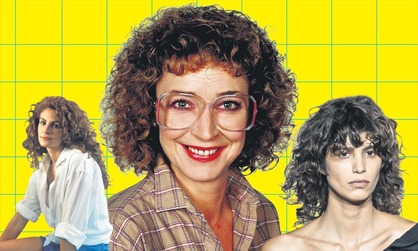
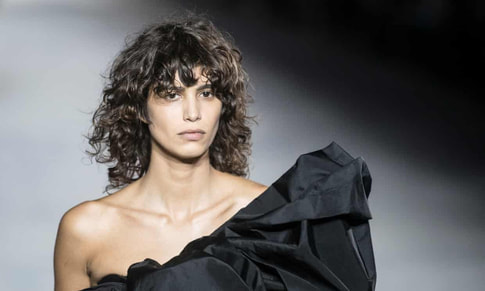

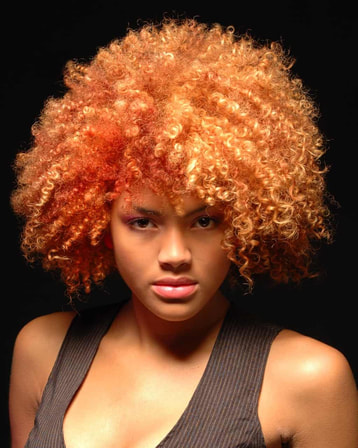
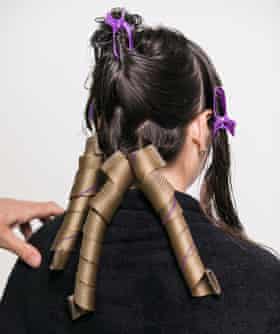
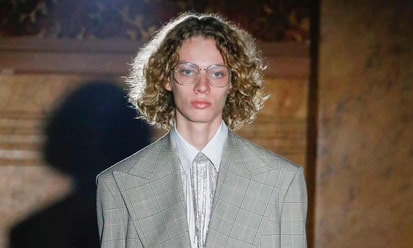
 RSS Feed
RSS Feed